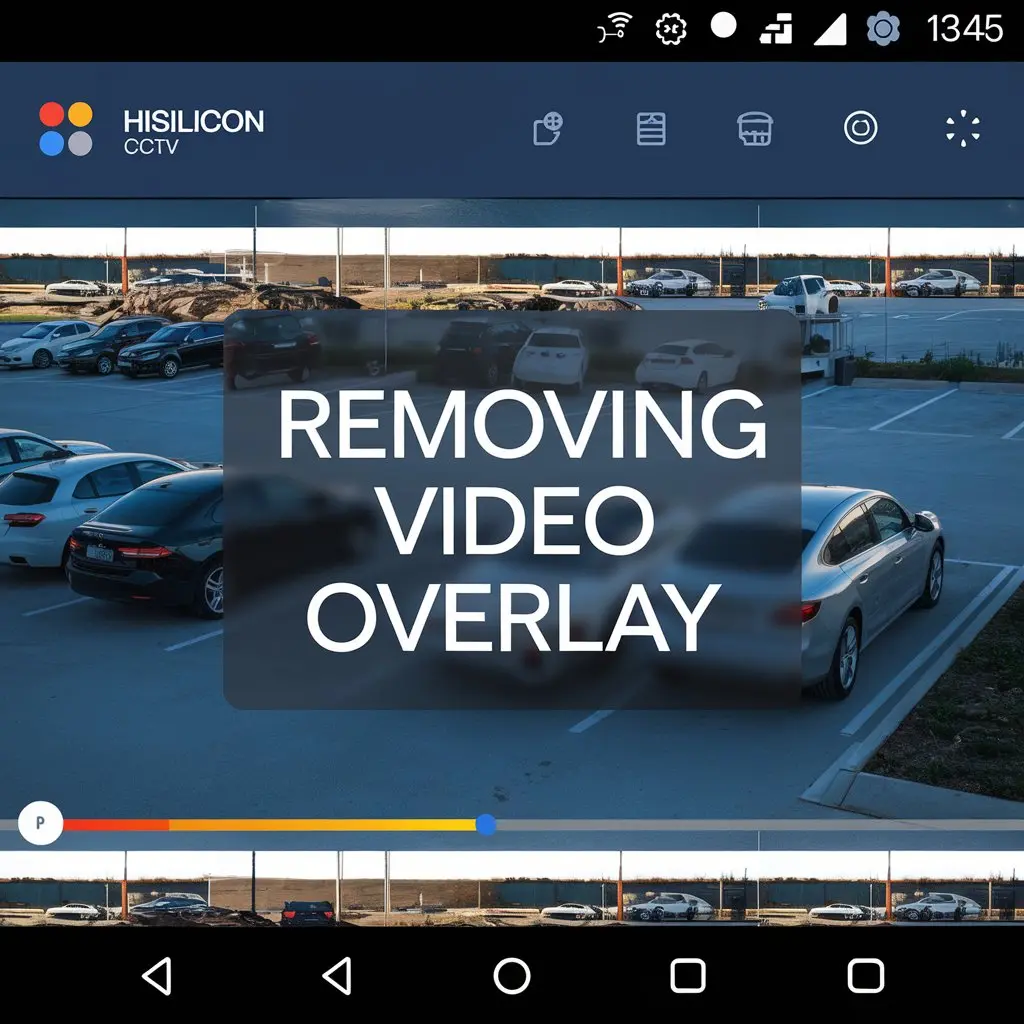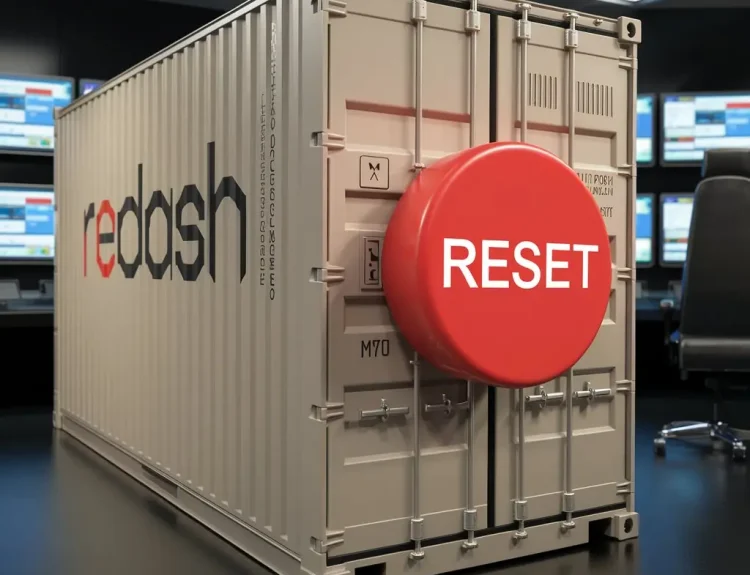Video overlays can cause display problems in Hisilicon CCTV systems. These problems can affect performance on Android devices using VMS (Video Management Systems). Removing the video overlay helps improve video clarity and system efficiency. It enhances the user experience and reduces potential issues.
What Is Video Overlay?
Video overlay is an extra layer placed on video footage. It shows on-screen information, such as timestamps or system data. This feature is common in CCTV systems. However, video overlays can create problems in certain applications.
How Video Overlay Affects CCTV Systems
In Hisilicon CCTV systems, video overlays can slow down video processing. The additional data on the video consumes more resources. This leads to reduced video quality and possible delays. Removing the overlay can help the system run more smoothly.
Impact on Android Devices
Android devices often face performance issues due to video overlays. These overlays can interfere with the display settings. This causes poor video playback and system lag. Removing the overlay can significantly improve device performance.
The Role of VMS in Hisilicon CCTV
VMS, or Video Management Systems, are essential for managing CCTV footage. Hisilicon CCTV systems rely on VMS for video storage and management. However, VMS performance can be hindered by video overlays. Removing these overlays enhances VMS efficiency.
Why It Matters for Android Users
Android users often use VMS apps to monitor CCTV footage. Video overlays can cause these apps to crash or freeze. Removing the overlay ensures smooth playback. This is especially important for users who rely on their devices for monitoring.
Improving User Experience
A clear video feed is essential for monitoring. Overlays can obscure important details in the footage. Removing the overlay ensures a cleaner video display. This leads to a better user experience overall.
Reducing System Lag
System lag is a common issue caused by video overlays. The extra data on the video feed requires more processing power. Removing the overlay reduces this load. This results in faster video playback and improved system responsiveness.
Enhancing Video Clarity
Video clarity is crucial for security systems. Overlays can reduce the quality of the footage by adding unnecessary data. By removing the overlay, the video becomes clearer. This improves the effectiveness of the CCTV system.
How to Remove Video Overlay
Removing video overlays on Hisilicon CCTV VMS Android devices is simple. Most systems provide an option to disable the overlay in the settings. Users can access these settings through the VMS app. Disabling the overlay improves system performance immediately.
Benefits of Removing Video Overlay
There are several benefits to removing the video overlay. The first is improved video clarity. Users also experience faster system performance. Removing the overlay also reduces the chances of app crashes. Overall, it enhances the user experience significantly.
Preventing App Crashes
App crashes are a common problem with VMS apps on Android devices. Video overlays can be the cause. Removing the overlay reduces the load on the app. This helps prevent crashes and ensures smoother operation.
Optimizing System Resources
Hisilicon CCTV systems rely on efficient resource management. Video overlays consume additional system resources. By removing the overlay, the system can allocate resources more efficiently. This leads to improved performance across the board.
Reducing Data Usage
Video overlays can increase data usage in CCTV systems. The extra data added by the overlay consumes more bandwidth. Removing the overlay reduces data usage. This is especially important for users monitoring footage remotely.
Maintaining Security
Security is the primary goal of any CCTV system. Video overlays can compromise the clarity of important footage. By removing the overlay, users can ensure a clearer view of any incidents. This enhances the overall security of the system.
Simplifying Footage Review
Reviewing CCTV footage can be difficult with video overlays. The extra data on the screen can obscure important details. Removing the overlay simplifies the review process. Users can focus on the footage itself without distractions.
Reducing Errors in Monitoring
Errors in monitoring can occur when video overlays obscure critical details. Removing the overlay reduces the chance of such errors. It ensures that users can see everything clearly on their screens.
Improving Remote Monitoring
Remote monitoring is common for CCTV systems. Android users often rely on VMS apps to view footage remotely. Video overlays can disrupt this process. Removing the overlay ensures smooth remote viewing, even on mobile networks.
Enhancing Multi-Device Performance
Hisilicon CCTV systems are often monitored on multiple devices. Video overlays can cause performance issues across these devices. Removing the overlay ensures consistent performance on all devices. This is crucial for multi-device monitoring setups.
Extending Device Lifespan
Video overlays can strain Android devices over time. The additional processing power required can wear down hardware. Removing the overlay reduces this strain. This helps extend the lifespan of Android devices used for monitoring.
Simplifying System Configuration
Configuring a CCTV system can be complex. Video overlays add another layer of complexity. By removing the overlay, system configuration becomes easier. This simplifies the process for users and technicians alike.
Reducing Heat and Power Consumption
Video overlays increase the load on device processors. This leads to higher heat generation and power consumption. Removing the overlay reduces this load. This helps keep devices cooler and conserves battery life on mobile devices.
Streamlining System Updates
System updates can be disrupted by video overlays. The additional data can cause conflicts during updates. Removing the overlay ensures smoother updates. This helps keep the CCTV system running with the latest features and security patches.
Addressing Common User Complaints
Many users report issues with video overlays in Hisilicon CCTV systems. These complaints often include system lag, poor video quality, and app crashes. Removing the overlay addresses these common concerns. It improves overall system performance and user satisfaction.
Future of Video Management Systems
As technology advances, VMS systems will continue to evolve. Removing unnecessary features like video overlays will become more common. This will lead to more efficient systems. Users can expect better performance and more reliable monitoring.
Final Thoughts on Video Overlay Removal
Removing video overlays in Hisilicon CCTV VMS Android systems is essential. It improves video clarity, system performance, and user experience. Android users, in particular, benefit from smoother app performance and reduced system lag. As VMS technology continues to advance, removing overlays will become a standard practice in optimizing CCTV systems.




